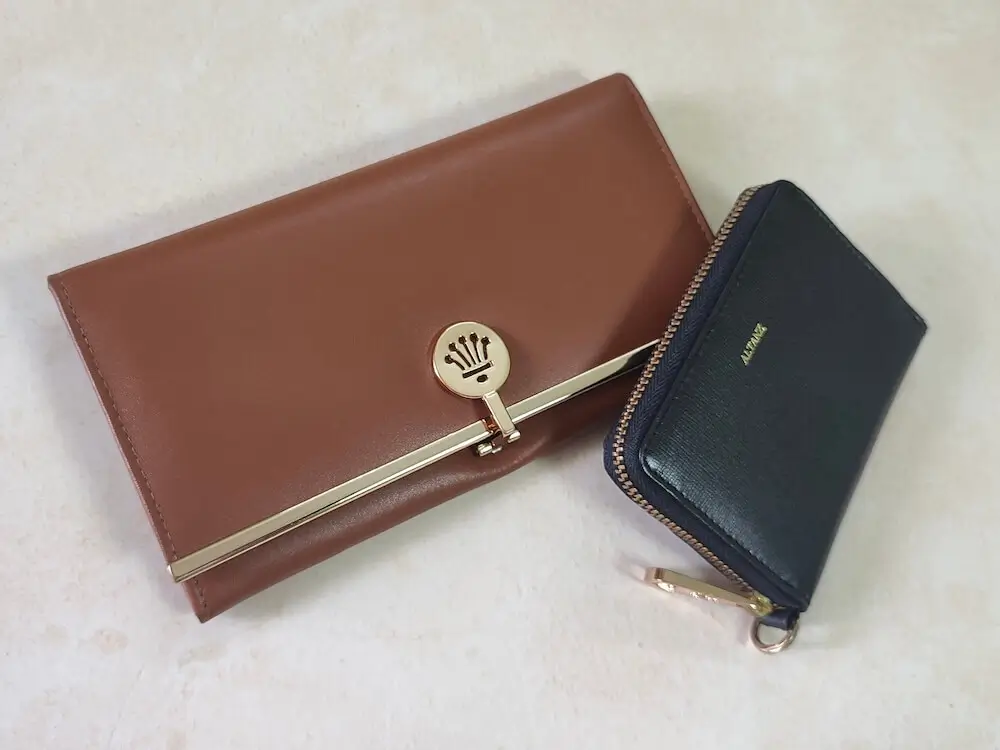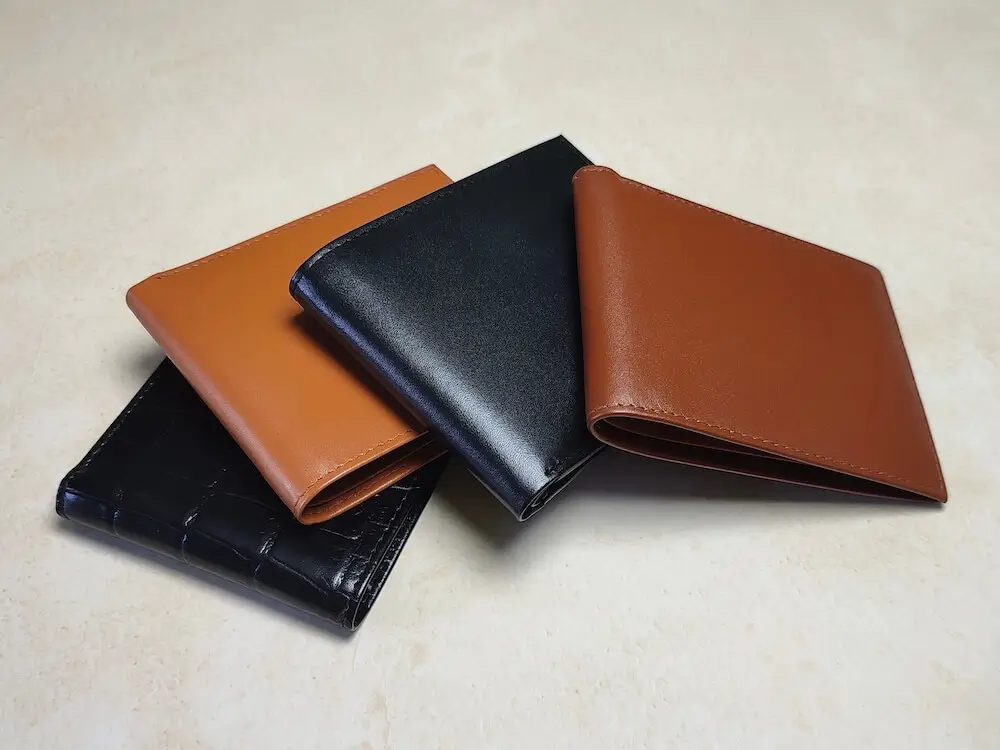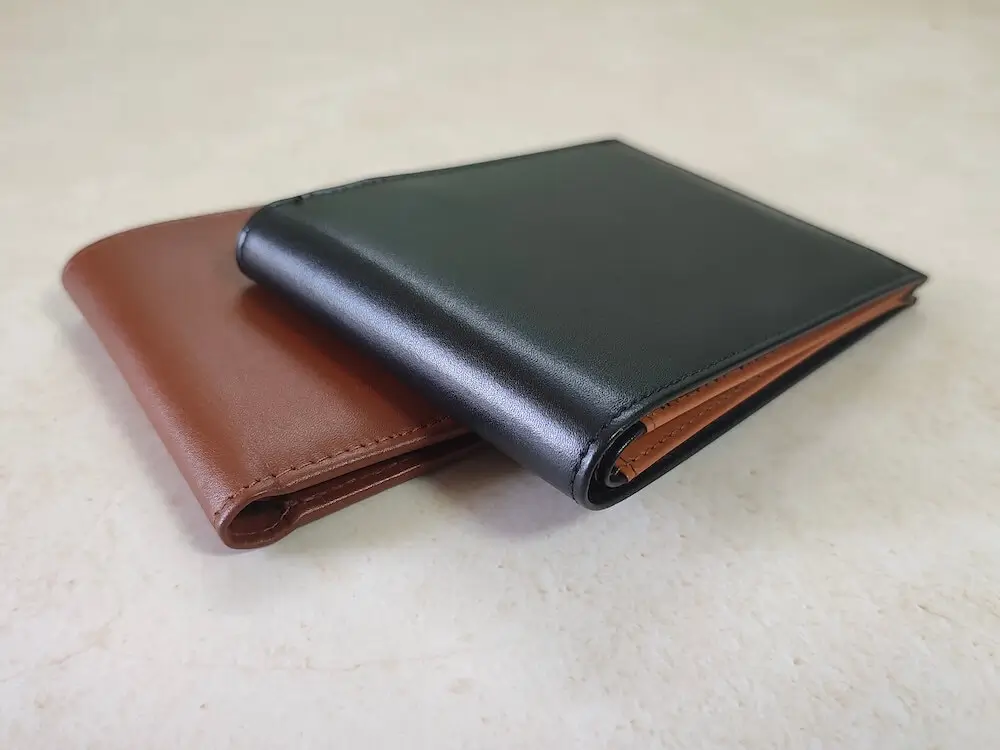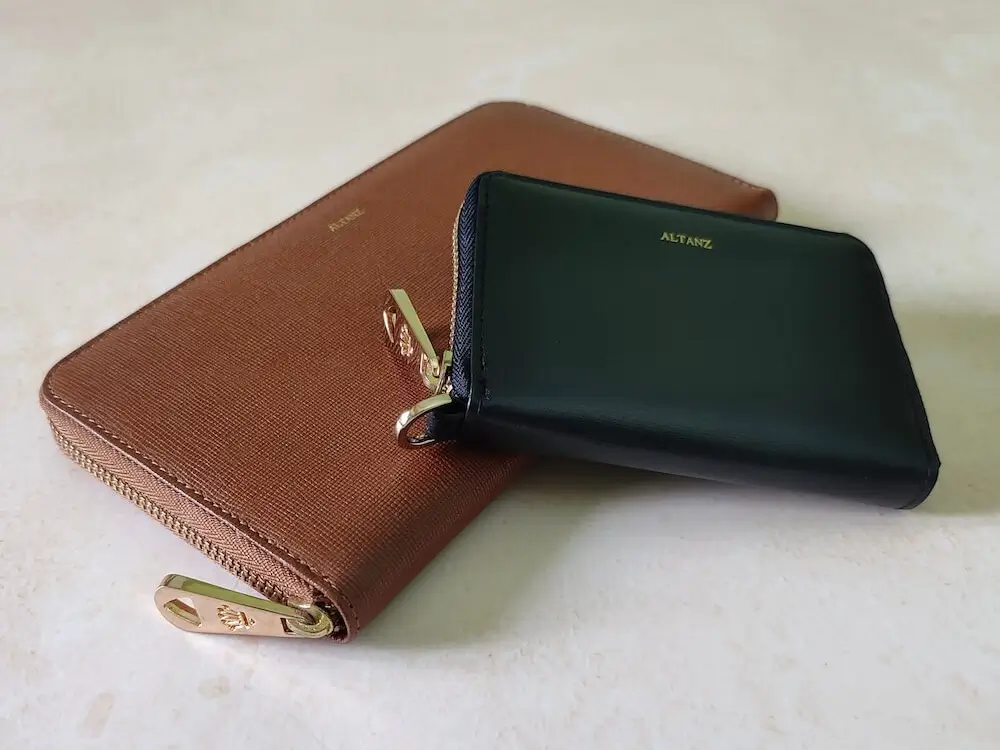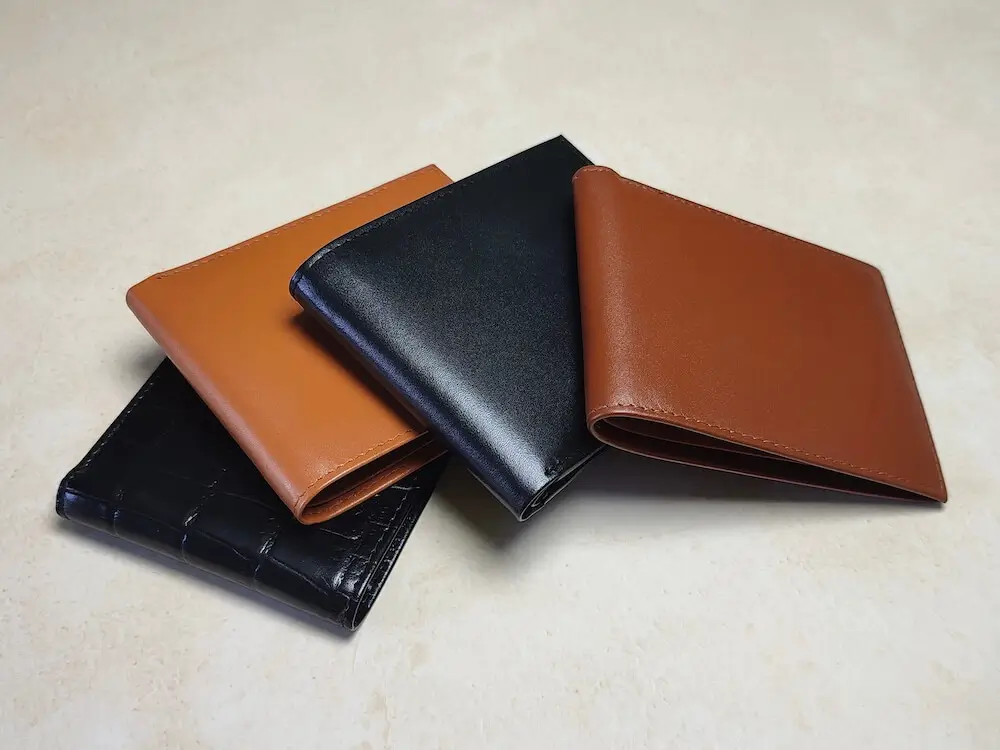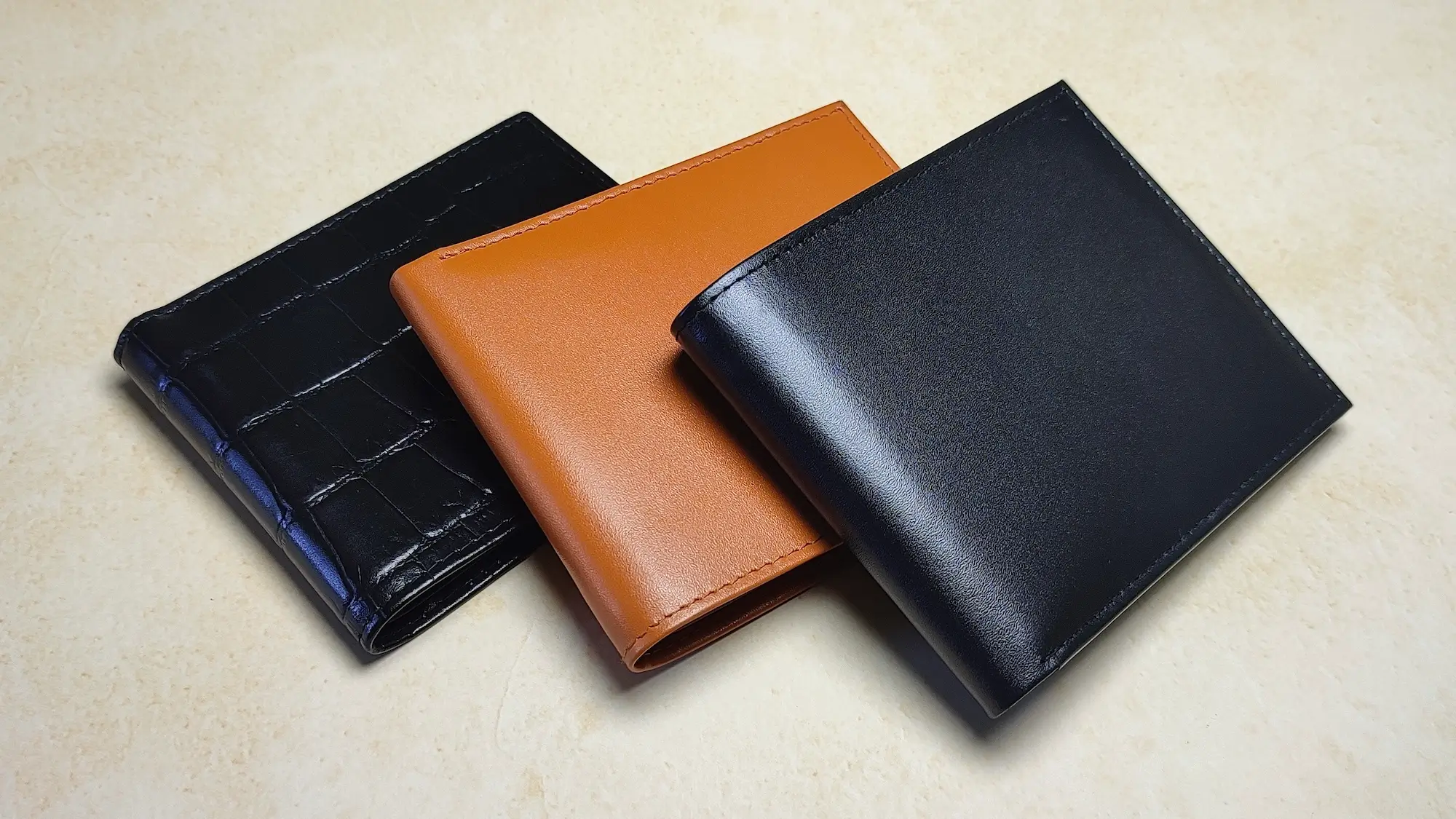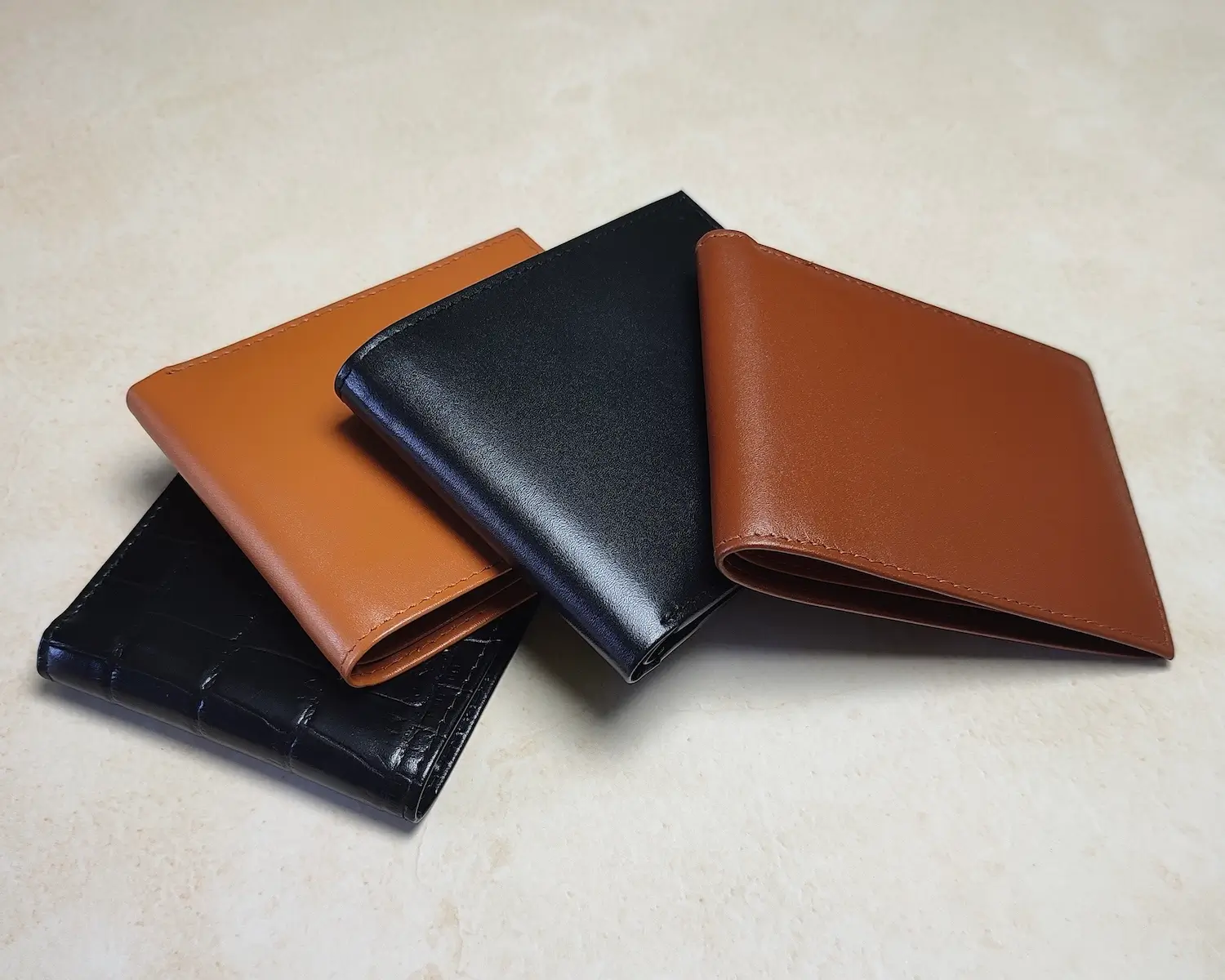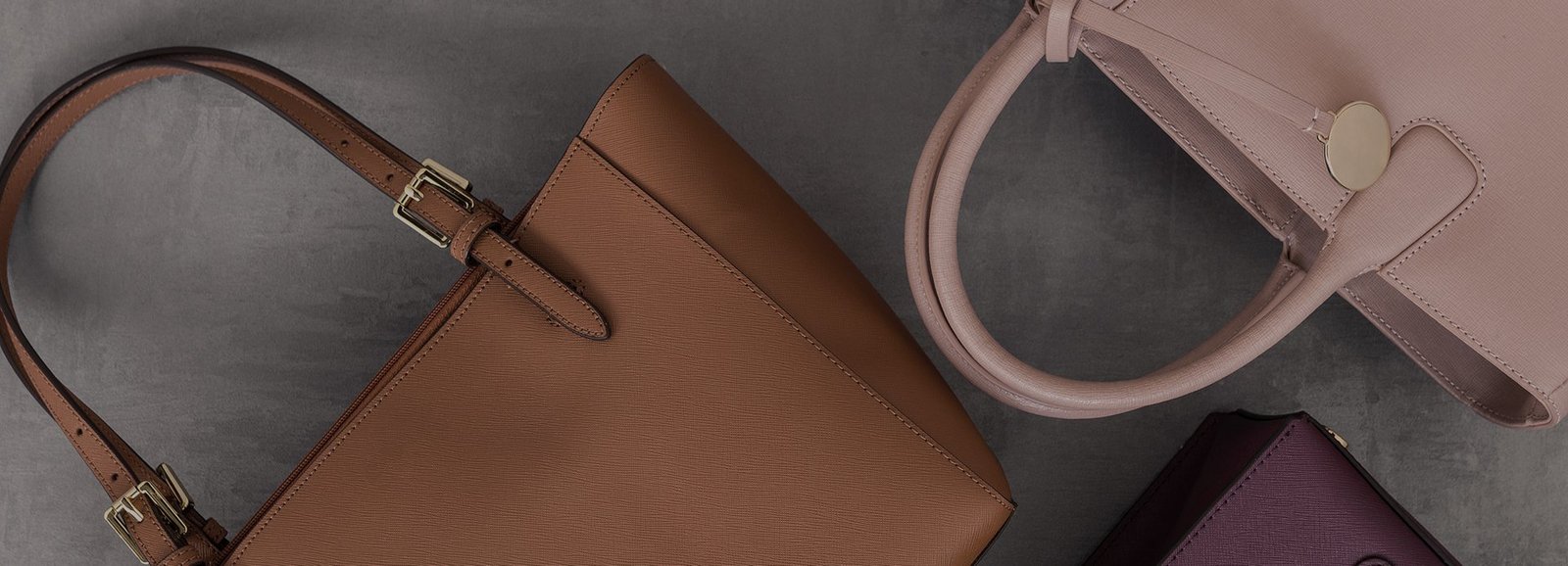Product Guides & Reviews
How to Choose the Perfect Wallet: A Step-by-Step Guide
Introduction
A wallet is more than just a place to store your essentials—it’s a daily companion and a reflection of your style. Whether you’re looking for a sleek minimalist wallet or a spacious travel option, selecting the perfect wallet requires careful consideration.
This step-by-step guide will help you navigate the options and choose the best wallet for your needs.
Assessing Your Needs
Evaluate Your Lifestyle
The first step in choosing the perfect wallet is to consider how you plan to use it:
- Everyday Use: Opt for a durable, versatile wallet that can handle frequent handling and storage.
- Special Occasions: A slim and stylish wallet may be better suited for formal events or nights out.
- Travel: Look for spacious wallets with compartments for travel documents, tickets, and currency.
Decide on Storage Requirements
Think about what you carry daily. Do you have a lot of cards, cash, coins, or even small items like receipts? Your wallet should have enough compartments to hold everything without becoming bulky.
Think About Portability
Wallets come in a variety of sizes, and finding the right balance between portability and functionality is key. A slim wallet may be more comfortable to carry in a pocket, while larger wallets offer more storage but can feel cumbersome.
Understanding Wallet Styles
Bi-Fold Wallets
The bi-fold wallet is a classic design with a single fold, offering ample space for cards and cash.
- Advantages: Slim, easy to carry, and versatile.
- Best For: Everyday use and professional settings.
Tri-Fold Wallets
Tri-fold wallets fold into three sections, providing extra storage compartments.
- Advantages: Compact with increased capacity for cards and cash.
- Best For: Those needing more organization without sacrificing portability.
Slim Cardholders
Slim cardholders are minimalist wallets designed for essentials like credit cards and IDs.
- Advantages: Ultra-lightweight and compact.
- Best For: Minimalists or those preferring front-pocket wallets.
Travel Wallets
Travel wallets are larger and designed to hold passports, boarding passes, multiple currencies, and cards.
- Advantages: Organized storage for all travel essentials.
- Best For: Frequent travelers or those who need added security features.
Specialty Wallets
From coin purses to RFID-blocking wallets, specialty designs cater to specific needs.
- Advantages: Tailored functionality, such as security against electronic theft.
- Best For: Specific purposes like carrying coins or protecting sensitive card information.
Choosing the Right Material
Leather Wallets
Leather is a classic and durable choice for wallets.
- Full-Grain Leather: Offers premium quality, develops a patina over time.
- Top-Grain Leather: Smooth, polished, and slightly more affordable than full-grain.
- Genuine Leather: Budget-friendly, though less durable than premium options.
- Exotic Leather: Unique textures like crocodile or snakeskin, ideal for luxury.
Vegan Leather Wallets
Made from synthetic or plant-based materials, vegan leather wallets are cruelty-free and environmentally conscious.
- Pros: Affordable and available in various styles.
- Cons: Less durable than real leather.
Fabric Wallets
Fabric wallets, often made of canvas or nylon, are lightweight and casual.
- Best For: Outdoor activities or those seeking colorful designs.
Metal Wallets
Metal wallets, such as aluminum or titanium designs, offer modern aesthetics and superior durability.
- Best For: Tech-savvy users or those prioritizing security.
Considering Key Features
Card Slots and Compartments
Ensure your wallet has enough card slots to accommodate your needs. Consider wallets with expandable compartments if you frequently carry multiple cards.
Coin Pocket
If you handle coins regularly, choose a wallet with a secure coin pocket to avoid clutter.
ID Window
For quick access to identification, wallets with a clear ID window are convenient for everyday use.
RFID Protection
RFID-blocking wallets protect your cards from electronic pickpocketing. While not mandatory for everyone, they provide peace of mind for those concerned about security.
Balancing Style and Functionality
A wallet should not only meet your practical needs but also reflect your personal style. Finding the right balance between appearance and utility ensures that your wallet becomes a perfect fit for your lifestyle.
Matching Your Personal Style
Your wallet is an extension of your personality, so choose one that complements your taste:
- Sleek and Professional: Opt for smooth leather wallets in neutral tones like black or brown for a polished look.
- Casual and Colorful: Bright colors, fabric wallets, or textured finishes add flair to your everyday accessories.
Versatility for Different Occasions
Some wallets are versatile enough to transition between formal and casual settings. A high-quality leather wallet works well in a boardroom while remaining understated enough for casual outings.
Compactness vs. Capacity
Striking a balance between compactness and capacity is essential. A slim wallet may sacrifice space for a more streamlined look, while larger wallets provide storage but can be bulky. Consider your priorities when making a decision.
Budgeting for Your Wallet
Wallets are available at various price points, from affordable everyday options to high-end luxury pieces. Understanding your budget helps narrow down your choices without compromising on quality.
Premium Wallets
High-end wallets made from full-grain leather or exotic materials are a worthwhile investment. They offer unmatched durability, elegance, and the ability to develop a patina, making them a timeless accessory.
Affordable Options
For budget-conscious buyers, options like genuine leather or fabric wallets offer style and functionality at a fraction of the cost. While they may not last as long as premium wallets, they are still practical and stylish.
Striking the Right Balance
Consider how often you use your wallet and how long you want it to last. Spending a bit more on a durable wallet can save you money in the long run by reducing the need for frequent replacements.
Testing the Wallet Before Buying
When purchasing a wallet, especially in-store, it’s important to test it for comfort, usability, and quality. If shopping online, read detailed product descriptions and reviews.
Feel and Flexibility
Hold the wallet to check its weight and feel. It should be comfortable to carry, and the material should be flexible enough to accommodate your essentials without losing shape.
Accessibility
Open and close the wallet to ensure smooth operation. Test how easily cards, cash, and coins can be accessed. Pockets and compartments should be practical and easy to use.
Durability
Inspect the stitching, material quality, and closure mechanisms. Look for even seams, sturdy construction, and a clean finish, as these are indicators of a well-made wallet.
Conclusion
Choosing the perfect wallet involves more than picking a design that looks good—it’s about finding a balance between practicality, style, and quality. Whether you prefer a classic bi-fold wallet, a minimalist cardholder, or a luxurious exotic leather piece, understanding your needs and preferences will guide you to the right choice.
Take your time to evaluate the material, style, and features that suit your lifestyle. By investing in a wallet that combines function and form, you’ll have a reliable and stylish companion for years to come.
FAQs About Choosing a Wallet
-
How do I know which wallet is best for me?
Consider your daily needs, personal style, and budget. Determine the type of wallet (bi-fold, tri-fold, cardholder, etc.) that best fits your lifestyle. -
What is the most durable wallet material?
Full-grain leather is the most durable option, followed by high-quality metal wallets for those prioritizing resilience. -
How many compartments should a wallet have?
The number depends on your storage needs. A wallet with at least 4–6 card slots, a cash compartment, and an optional coin pocket is ideal for most users. -
Are RFID-blocking wallets necessary?
RFID-blocking wallets are beneficial if you frequently carry contactless cards and are concerned about electronic theft. For others, it’s an optional feature. -
How can I tell if a wallet is high-quality?
High-quality wallets are made from durable materials like full-grain leather, feature even stitching, and use premium hardware for closures or embellishments.
FAQ : Frequently Asked Questions
How to Choose the Perfect Wallet: A Step-by-Step Guide
Answer:
Consider your daily needs, personal style, and budget. Determine the type of wallet (bi-fold, tri-fold, cardholder, etc.) that best fits your lifestyle.
Answer:
Full-grain leather is the most durable option, followed by high-quality metal wallets for those prioritizing resilience.
Answer:
The number depends on your storage needs. A wallet with at least 4–6 card slots, a cash compartment, and an optional coin pocket is ideal for most users.
Answer:
RFID-blocking wallets are beneficial if you frequently carry contactless cards and are concerned about electronic theft. For others, it’s an optional feature.
Answer:
High-quality wallets are made from durable materials like full-grain leather, feature even stitching, and use premium hardware for closures or embellishments.



